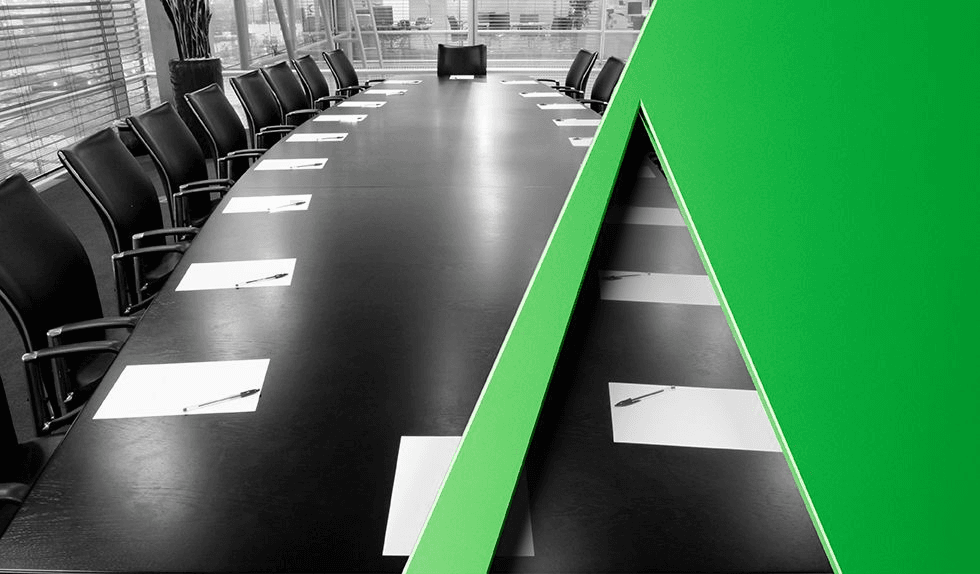With this latest brief, the Board is offering audit committees “further insight” into the PCAOB regulatory process, including its inspections, and looking to obtain the views of committee chairs. The Board intends to publish additional updates to audit committees concerning what PCAOB inspectors observed in these interviews and, presumably more broadly speaking, the Board’s inspection findings. The brief also outlines what audit committees should expect from the PCAOB’s 2019 inspections and provides a number of sample questions that audit committees may want to consider asking their auditors with regard to current inspection issues.
While the Board does not have jurisdiction over audit committees or their publicly traded companies, the intersection of the Board’s oversight over the auditors of such companies and the responsibility of the companies’ audit committees provides the Board with an important opportunity to further its mission to improve audit quality. Audit committees may wish to take advantage of the dialogue with PCAOB inspectors in order to gain some unique perspective about how the Board is assessing audits and audit firms’ quality control systems in its current inspection cycle. An exchange with PCAOB inspections likely will inform not only the audit committee’s oversight of its audit firm, but also its own responsibilities over its company’s financial reporting. The Board has emphasized it is taking a "fresh approach" to its mission with a particular emphasis on changes to its inspections approach for 2019. The dialogue with PCAOB inspectors likely will give audit committees a firsthand look at how the Board’s changes to its inspection process, its largest regulatory function, could impact the outside auditor’s focus on its own audit practice and improving audit quality in a sustainable manner.
Audit committees would be well served to obtain the advice of counsel before they engage in any dialogue with the PCAOB inspectors so that they may be best prepared to answer the Board staff’s questions.
The PCAOB reports that its 2019 inspections will focus on:
Technological developments impacting audits, including the audit response to cybersecurity risks.
Audit firms’ actions addressing findings of repeat audit deficiencies by PCAOB inspectors.
Audit procedures on new accounting standards, including those regarding revenue recognition.
Audit firms’ use of Audit Quality Indicators (AQIs), including discussions of AQIs with audit committees.
Implementation of the new auditor’s reporting model standard.
Audit firms’ systems of quality control, including how firms promote consistency in audit quality.
Auditor independence, including recurring deficiencies in a firms’ monitoring procedures.
Reproduced below are the PCAOB’s sample questions for audit committees to consider, in their discretion, asking their auditors in connection with current issues of PCAOB inspection focus:
Auditor Response to Identified Risks
How have the current economic factors influenced the auditor’s risk assessment for the current year’s audit?
How has the auditor considered the relevant economic factors that could affect the company’s ability to continue as an ongoing concern?
How has the auditor assessed potential risks of material misstatement related to the company’s technology systems, including cyber security, and how has it addressed those potential risks?
Changes in Auditor’s Report
What are the most substantive issues or learnings identified pursuant to the firm’s pilot testing and dry runs related to communicating (CAMs) Contract Audit Manuals in the auditor’s report?
What items, if any, were considered “close calls” but ultimately not identified as a CAM by the auditor? Why were these items not determined to be CAMs?
Implementation of New Accounting Standards
What are the auditor’s observations regarding the company’s implementation of the new revenue recognition standard?
What is the auditor’s view of the company’s readiness to adopt new accounting standards pertaining to lease accounting and valuation of financial instruments, including credit losses (if relevant)?
Quality Controls
How does the firm’s quality control system promote audit quality?
What are recent actions taken by the firm to strengthen its quality control system?
Did the audit include the use of software audit tools? If so, how were these tools used and how did the use of these tools affect the risk assessment and the quality of audit evidence?
Auditor Independence
How does the firm monitor compliance with the independence requirements of the PCAOB and the Securities and Exchange Commission (SEC), including compliance with obtaining pre-approvals for non-audit services?
How can the audit committee and management assist the auditor in complying with independence requirements?
PCAOB Inspection Results and Corrective Actions
If the firm has been inspected by the PCAOB, were there inspection findings? If so, what were those findings and what corrective actions has the firm taken?
How has the firm’s inspection findings changed over time?
Possible Indicators to Audit Quality
Has the firm developed a definition of audit quality? If so, how is audit quality defined?
Based on the firm’s definition, what are the key drivers of audit quality for the firm overall and for this audit engagement specifically?
How does the firm identify, set targets for and monitor those key drivers generally, and specifically with respect to this audit engagement?


